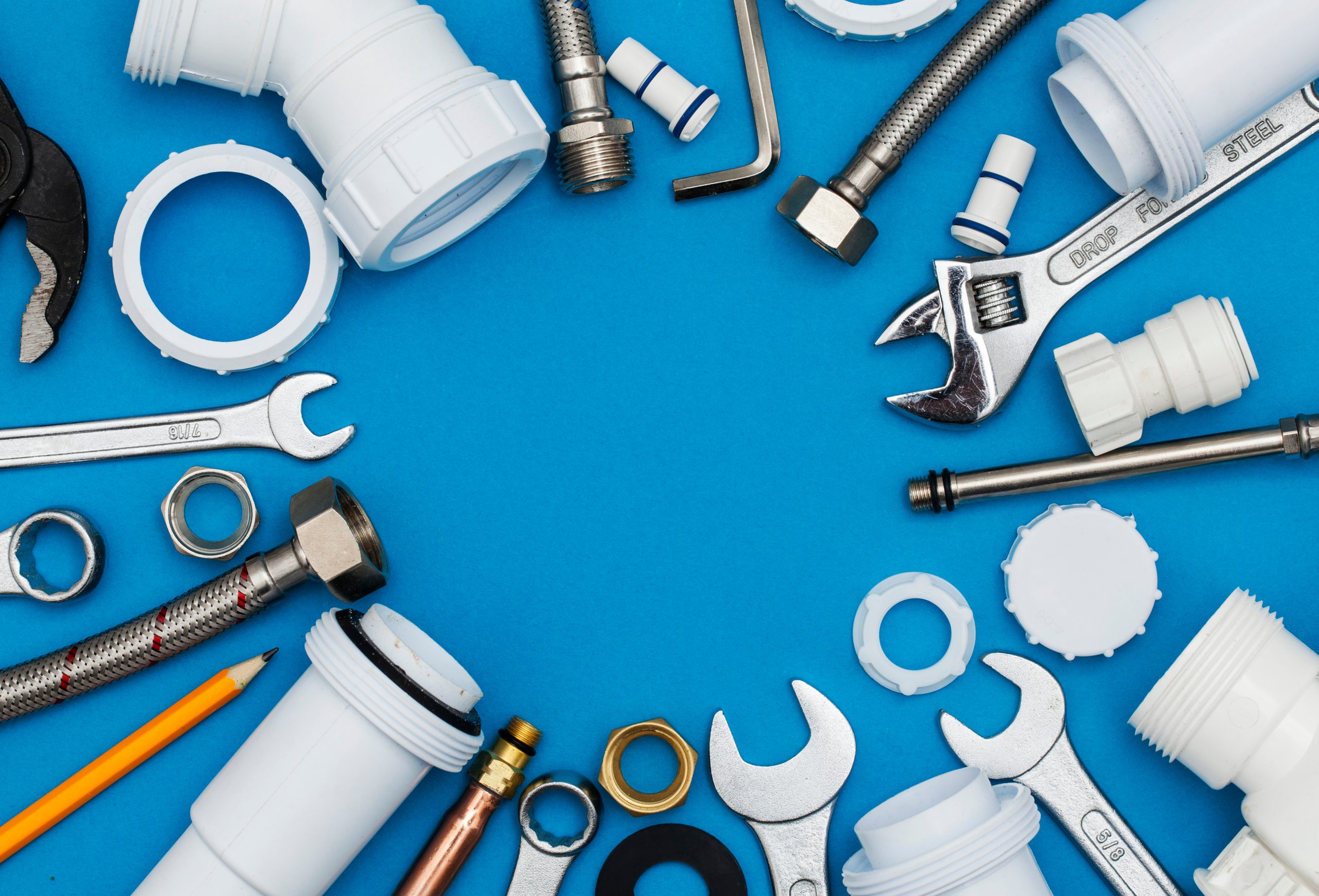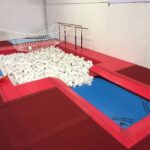Welcome to our comprehensive guide on plumbing solutions made easy. As experts in the field, we understand the importance of efficient plumbing systems and the challenges that come with them. In this article, we will share our top tips and tricks to help you tackle common plumbing issues, saving you time, money, and unnecessary stress. Whether you’re a homeowner or a DIY enthusiast, these expert insights will empower you to handle various plumbing tasks with confidence.
1. Understanding Your Plumbing System
To effectively troubleshoot plumbing problems, it’s essential to have a basic understanding of your plumbing system. The main components typically include water supply lines, drains, fixtures, and pipes. Familiarize yourself with the layout of your plumbing system, including shut-off valves and access points. This knowledge will prove invaluable when it comes to identifying and addressing issues.
2. Dealing with Clogged Drains
Clogged drains are a common plumbing issue that can disrupt your daily routine. Instead of reaching for chemical drain cleaners that may damage your pipes, try these alternative methods:
- Hot Water and Dish Soap: Pouring a mixture of hot water and dish soap down the drain can help break up minor clogs.
- Baking Soda and Vinegar: Combine baking soda and vinegar, pour it down the drain, and let it fizz for a few minutes. Follow up with hot water to clear the clog.
- Plunger: A plunger can be a handy tool for dislodging stubborn clogs. Create a tight seal around the drain and plunge vigorously to create pressure and push the clog through.
3. Fixing Leaky Faucets
Leaky faucets not only waste water but can also be an annoyance. Here’s a step-by-step guide to fixing a leaky faucet:
- Turn off the water supply to the faucet.
- Remove the decorative cap on the handle, and unscrew the handle.
- Use an adjustable wrench to loosen and remove the packing nut.
- Take out the stem assembly and replace the rubber O-ring.
- Reassemble the faucet in the reverse order and turn the water supply back on.
4. Preventing Frozen Pipes
During cold winter months, frozen pipes can lead to costly damages. To prevent this issue, follow these preventive measures:
- Insulation: Insulate exposed pipes in unheated areas of your home, such as basements, crawl spaces, and attics, using pipe insulation sleeves or heat tape.
- Drip Faucets: Allow faucets connected to vulnerable pipes to dripping slowly during extremely cold weather. The movement of water can help prevent freezing.
- Open Cabinet Doors: Keep cabinet doors open to allow warm air to circulate around pipes located under sinks or vanities.
5. Handling Toilet Troubles
Toilets can encounter various problems, including clogs, running water, or a faulty flush. Here are a few troubleshooting techniques:
- Clogged Toilet: Use a plunger to create suction and dislodge the clog. If the plunger doesn’t work, a toilet auger can help break up stubborn blockages.
- Running Water: Adjust the chain length or flapper valve to ensure a proper seal. If the problem persists, replacing the flapper may be necessary.
- Weak Flush: Check the water level in the tank and adjust the float mechanism if needed. Also, make sure the flush holes under the rim are clean and clear of any debris.
6. When to Call a Professional
While many plumbing issues can be resolved on your own, there are instances when it’s best to call a professional plumber. Consider seeking professional help for:
- Major leaks or burst pipes
- Extensive sewer line problems
- Water heater malfunctions
- Installation of new plumbing fixtures or appliances
Remember, it’s crucial to address plumbing problems promptly to avoid further damage and costly repairs.
Conclusion
We hope this comprehensive guide on plumbing solutions made easy has provided you with valuable insights and practical tips. By understanding your plumbing system, addressing clogged drains, fixing leaky faucets, preventing frozen pipes, handling toilet troubles, and knowing when to call a professional, you’ll be better equipped to maintain a functional and efficient plumbing system in your home. Remember, practice makes perfect, so don’t be afraid to tackle small plumbing tasks on your own, but always prioritize your safety and seek professional help when needed.


